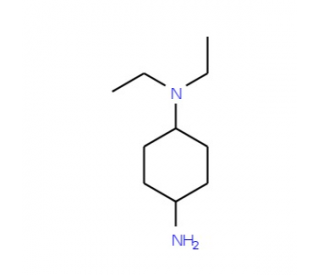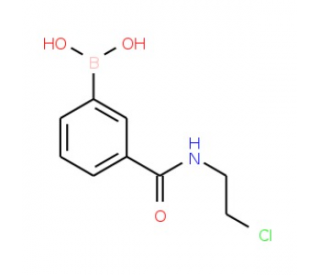详细说明
Purity
>97%, by SDS-PAGE under reducing conditions and visualized by silver stain
Endotoxin Level
<1.0 EU per 1 μg of the protein by the LAL method.
Activity
Measured in a cell proliferation assay using BaF3 mouse pro‑B cells transfected with human Leptin R. The ED 50 for this effect is 0.075-0.45 ng/mL.
Source
E. coli-derived Val22-Cys167, with an N-terminal Met
Accession #
N-terminal Sequence
AnalysisMet
Predicted Molecular Mass
16 kDa
498-OB |
| |
Formulation Lyophilized from a 0.2 μm filtered solution in Tris-HCl and NaCl. | ||
Reconstitution Reconstitute at 1 mg/mL in sterile 20 mM Tris-HCI, pH 8.0. | ||
Shipping The product is shipped at ambient temperature. Upon receipt, store it immediately at the temperature recommended below. | ||
Stability & Storage: Use a manual defrost freezer and avoid repeated freeze-thaw cycles.
|
Background: Leptin/OB
Leptin is a protein product of the mouse obese gene. Mice with mutations in the obese gene that block the synthesis of Leptin have been found to be obese and diabetic and to have reduced activity, metabolism and body temperature. cDNA clones encoding Leptin have been isolated from human, simian, mouse and rat cells. Mouse Leptin shares approximately 96% and 84% sequence identity with the rat and human protein, respectively. Mouse Leptin cDNA encodes a 167 amino acid residue protein with a 21 amino acid residue signal sequence that is cleaved to yield the 146 amino acid residue mature protein. The expression of Leptin mRNA has been shown to be restricted to adipose tissue.
A high-affinity receptor for Leptin (OB-R) with homology to gp130 and the G-CSF receptor has been cloned. OB-R mRNA has been shown to be expressed in the choroid plexus and in the hypothalamus. OB-R has also been identified as an isoform of B219, a sequence that is expressed in at least four isoforms in very primitive hematopoietic cell populations and in a variety of lymphohematopoietic cell lines (1-3). The possible roles of Leptin in body weight regulation, hematopoiesis and reproduction are being investigated.
References:
Considine, R. and J. Caro (1996) Clinical Chemistry 42:843.
Tartaglia, L.A. et al. (1995) Cell 83:1263.
Cioffi, J.A. et al. (1996) Nature Medicine 2:585.
Entrez Gene IDs:
3952 (Human); 16846 (Mouse); 25608 (Rat)
Alternate Names:
FLJ94114; LEP; leptin (murine obesity homolog); leptin (obesity homolog, mouse); Leptin; OB; Obese protein; obese, mouse, homolog of; Obesity factor; OBOBS










 粤公网安备44196802000105号
粤公网安备44196802000105号